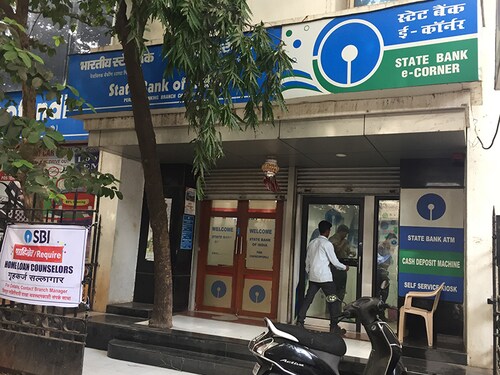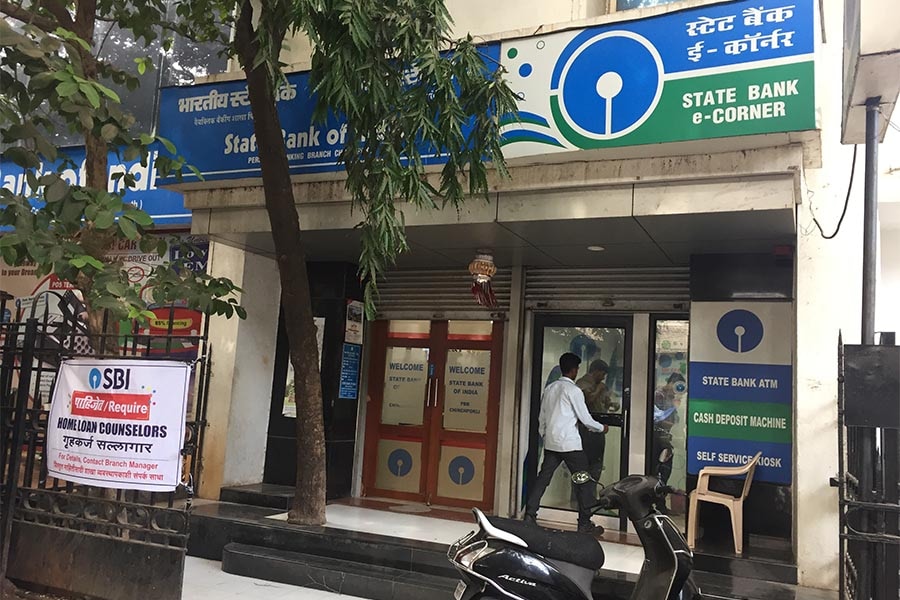SBI rides well through tough Q4; says credit costs may stay elevated in FY18
Bank sees jump in Q4FY17 profit and interest grows, but gross NPAs up


 Image: Joshua Navalkar (For illustrative purposes only)
Image: Joshua Navalkar (For illustrative purposes only)
State Bank of India, India’s largest lender by assets, appears to have weathered one of its toughest of storms, with the mega seven-way merger of five of its associate banks and the Bharatiya Mahila Bank) with itself complete in the new financial year, which started April 2017.
The bank, which posted its last solo financial earnings on Friday, reported a surge in net profit and a rise in net interest income, but asset quality deteriorated marginally in the quarter ended March 2017. Its chairman, Arundhati Bhattacharya, called it a “difficult but satisfying quarter” as SBI has now become one of the top global 50 banks.
Bhattacharya, in a webcast from Kolkata, said the bank had taken the “maximum amount of pain” already, relating to the aligning the asset quality of the associate banks through the merger. “This was a historic quarter, in a sense, it was the last as a solo bank. We will be starting on a new slate,” she added.
State Bank of Patiala, State Bank of Bikaner and Jaipur, State Bank Of Hyderabad, State Bank of Mysore and State Bank of Travancore are the five associate banks merged with the parent, SBI.
“[In] FY18 we will still need to have slightly elevated credit costs, because as we go forward with the resolutions, it will depend on the amount of provisions that we will need to make upfront,” Bhattacharya said. She added that SBI has already made an additional Rs 1,700 crore of extra provisioning over and above the regulatory requirements, in their NPAs accounts.
“FY18 credit costs are not about to come down, but FY19 will be much better,” she told the media. “In the near term there could be pain, but slightly longer-term, things will be on the upswing,” she added. For the full fiscal year 2017, credit costs were at 2.14 percent, compared to 2.02 percent for FY16.
Standalone, SBI reported a rise in gross NPAs, which on March 31, 2017 stood at 6.9 percent of total advances, as against 6.5 percent for the corresponding period a year earlier.
Analysts tracking the bank say while the asset quality for the bank at a standalone level was “satisfactory”, this would not be said for its associate banks, which now stand merged with the bank. “Standalone, SBI’s NPAs are fine, but that of the associates is a concern. Going ahead in the coming quarters, as a merged entity, there are issues,” says Alpesh Mehta, banking analyst at Motilal Oswal Financial Services.
Most of the broad numbers for the bank were impressive, with net profit up 122.72 percent to Rs 2,815 crore for Q4FY17, compared to Rs 1,264 crore a year earlier. Loan growth was at 7.92 percent for the year ended March 2017, with home and auto loans growth continuing to be strong. Net interest income for SBI rose 17.33 percent to Rs 18,071 crore for the March quarter.
The bank, which over the past three years, has been on an aggressive digital path, said that 77 percent of its transactions are through digital channels.
The SBI stock rose by 1.72 percent to Rs 308.15 at the BSE, after the earnings.
Bhattacharya has said earlier that with the merger complete, SBI will be in a position to focus on the key areas of growth, relating to digitisation and enhancing customer relationships. At the start of the new financial year, SBI unveiled a new logo, to signal the merger. The background to the SBI “keyhole” has been changed from white to a navy blue and the new logo is of a different font and a few shades lighter than the existing blue colour.
First Published: May 19, 2017, 18:46
Subscribe Now